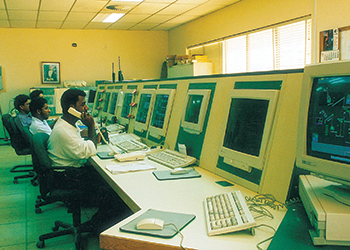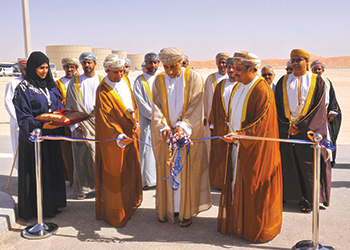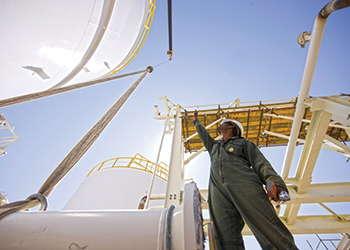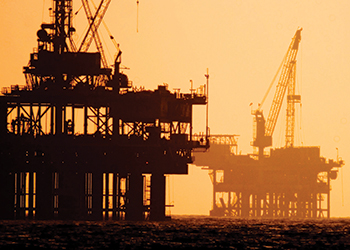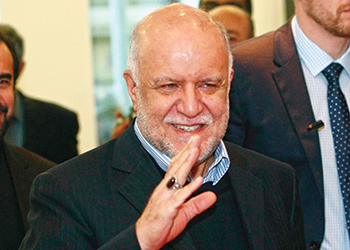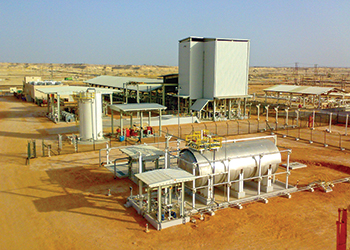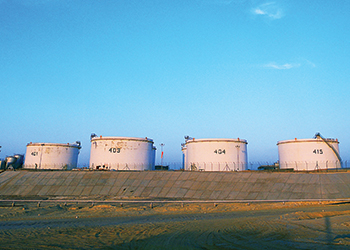
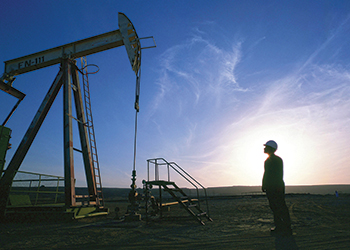 PDO ... ramping up output
PDO ... ramping up output
Much of Oman’s projected incremental output will be contributed by PDO, a joint venture between Oman’s government (60 per cent) and international partners
Oman expects to maintain a production plateau of at least 950,000 bpd over the next decade after a short-lived output boost from new projects this year, the country’s oil minister says.
The country has set a production target of 980,000 bpd this year but is seeking to achieve total oil and condensate output of at least 950,000 bpd each year in the longer term with the hope that in some years production might be higher, Mohammed Al Rumhy says.
"We have started this year better than last year so we are going in that direction," Al Rumhy says.
Oman, the biggest non-Opec oil producer in the Middle East, is currently pumping about 940,000 bpd, down from 950,000 bpd in 2015, according to the International Energy Agency. The IEA, however, expects Oman’s production this year to average 930,000 bpd.
Much of Oman’s projected incremental output will be contributed by Petroleum Development Oman, a joint venture between Oman’s government (60 per cent) and international partners Shell (34 per cent), Total (4 per cent) and Partex (2 per cent).
PDO was rapidly closing in on a new medium-term production target of 600,000 bpd after averaging 570,000 bpd in 2014, some 20,000 bpd above its existing commitment to deliver 550,000 bpd over the next 10 years, says managing director Raoul Restucci.
That output level was the highest the company has achieved since 2006.
As a taste of what was already possible under optimal conditions, the company Sunday pumped oil at an average rate of 595,000 bpd, Restucci said.
In a statement, PDO says it was "successfully" working towards a new sustainable long-term production plateau of 600,000 bpd by 2019. Restucci says that he thought the new target would be reached sooner, although PDO had not made a commitment to deliver annual production of more than 550,000 bpd in any year prior to 2019.
The company was not seeking to cut its total spending on oil and gas exploration and development but rather to ramp up production while lowering per barrel costs, Restucci says.
PDO has budgeted about $6 billion in annual capital spending over the next several years. It was accelerating development of a number of recent conventional oil and gas discoveries while applying technology to limit decline rates from existing fields.
Despite Oman’s complex geological environment, which makes oil production in the sultanate more challenging and costly than in neighbouring Middle East oil producing states, PDO’s production portfolio was profitable at current international oil prices and well below, Restucci adds.
Al Rumhy says almost all Omani oil and gas projects announced in the sultanate before the recent oil-price slide were still moving ahead. The only major exception was development of the Habhab heavy oil field, which would have required the application of complex solvent injection technology.
"The cost of the chemical is very high and it is difficult to handle. Going back to the drawing board was the decision even before the oil price fell. The project is now officially shelved, hopefully to come back when there is better technology," the minister says.
PDO, meanwhile, had some 22 enhanced oil recover pilot tests in progress, and was expecting that some would work while others would fail. Oil and Gas Undersecretary Salem Al Audi says Oman’s latest estimates of hydrocarbon reserves, subject to final revision, were 5.306 billion barrels of liquids and 24.3 tcf of gas.










































































